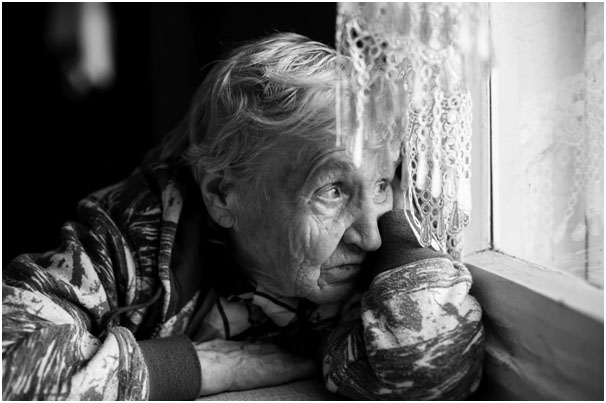The Impact of Virtual Reality on the Brain

As we are on daily bases in the senior health care business, our expertise is at that aspect. Every day I hear care people asking me the same question:” How do we know what Virtual Reality does to the patient”.
Let me point out that Virtual Reality is rather new in the senior care segment certainly on the field (in the senior care homes) and people don’t know the impact of VR. More, they hadn’t seen it before we came and showed them. This makes the penetration of VR to the field rather difficult due to the fact that AND you are entering a new market AND you need to convince care people to try and buy it without any reference in this segment. Yes there are studies that show Virtual Reality is a handy tool to decrease dementia, yes it’s clear that senior people are less distracted when they see real world images on a VR headset than on a television screen. Things that we as daily users and experts all know and often seem to forget. The fact is that the bottom line of the pyramid is not yet into VR. We are still at a phase of early adaptors who know already the advantages of VR. There’s a big gap between the people on the field and the higher level users/experts.
Our statement for discussion is that Virtual Reality in the hands of unexperienced people is a danger. Take for example our field of expertise, senior care. Let’s start with the type of quality of the VR Headset, 2K ? , 4K?, ..Believe me when I tell you 4K is a game killer for senior people. The screen quality is to hard, the images burn in their eyes and they take it off after 1 minute. Senior people need lower quality, soft images, lower speed. Than comes the video itself. When people are afraid of spiders and you show them as a ‘treatment” a full close up of a giant spider, trust me when I tell you, the patient will run out of your office and have nightmares during months. Just to show you that if you don’t understand the impact of VR on people, don’t start with it. Because of the fact that user see the images so close, so sharp and surrounded by it, the impact is 10 times deeper than with normal treatments. Our advice, understand first what is does to somebody’s brain and emotions. This brings us back to the subject of this article, how do we know the impact of VR on somebody’s brain and emotions. The market is begging for knowledge. Combine EEG with eye tracking (pupil size) and VR and you have the perfect answer on the question what Virtual Reality does or doesn’t to the brain.
I have seen a ground breaking project where people with Alzheimer are treated with deep brain cognitive training. Combine this software with the above mentioned VR hardware package and we can really do amazing things. Like baby’s start to recognize first the eyes than the nose than the chin, the same way Alzheimer patients get back their facial recognition. Piece by piece, step by step. Making the leftover pieces of the brain stronger to replace the missing parts. If we combine this therapy with EEG monitoring and the brain shows activity when a patient sees parts of the face of,for example, his son, we finally know what VR does to the brain and emotions.

About Blog Writer :
Marc Van den Bosch
CEO, VR Medics
https://www.vrmedics.be/


